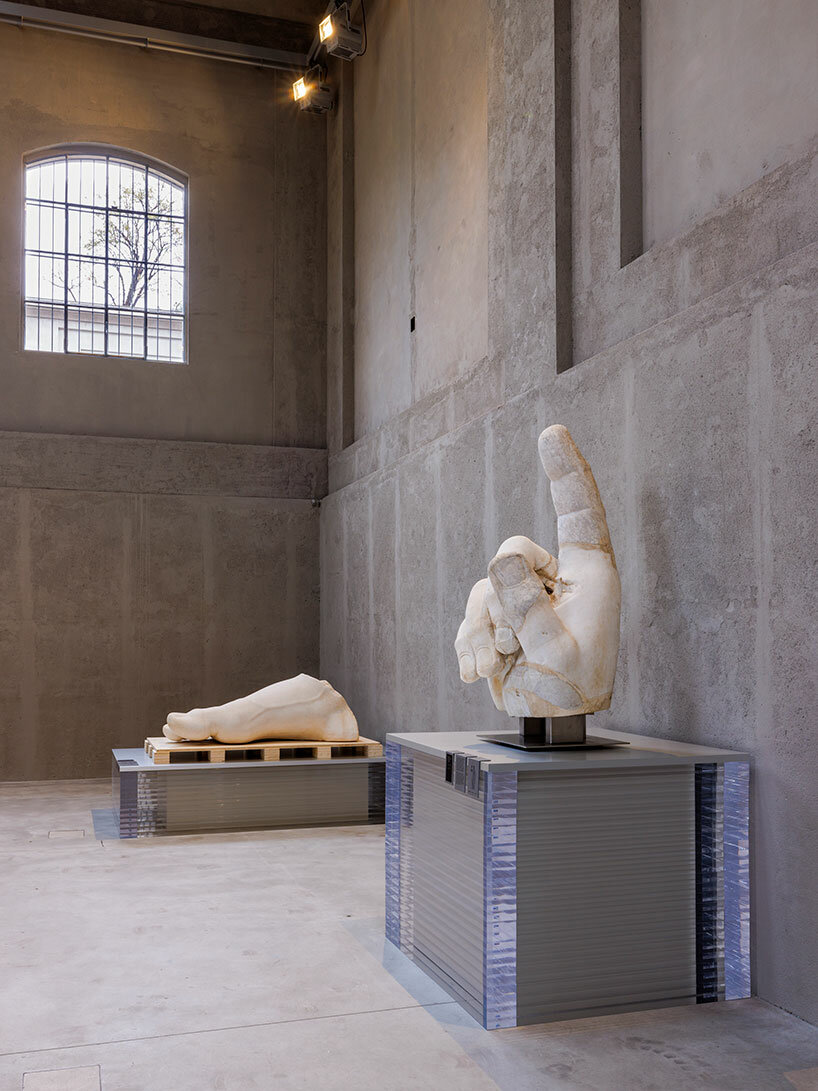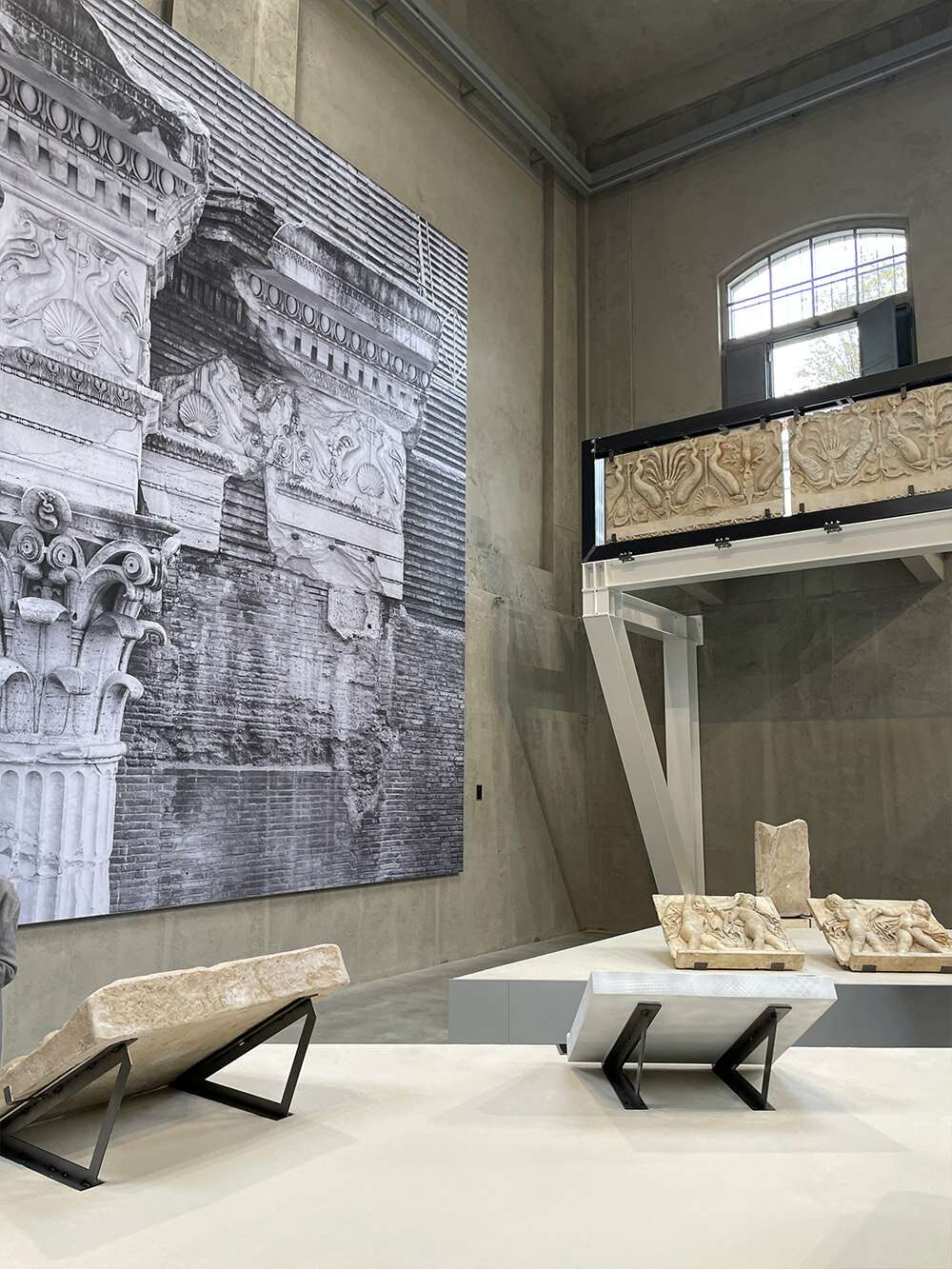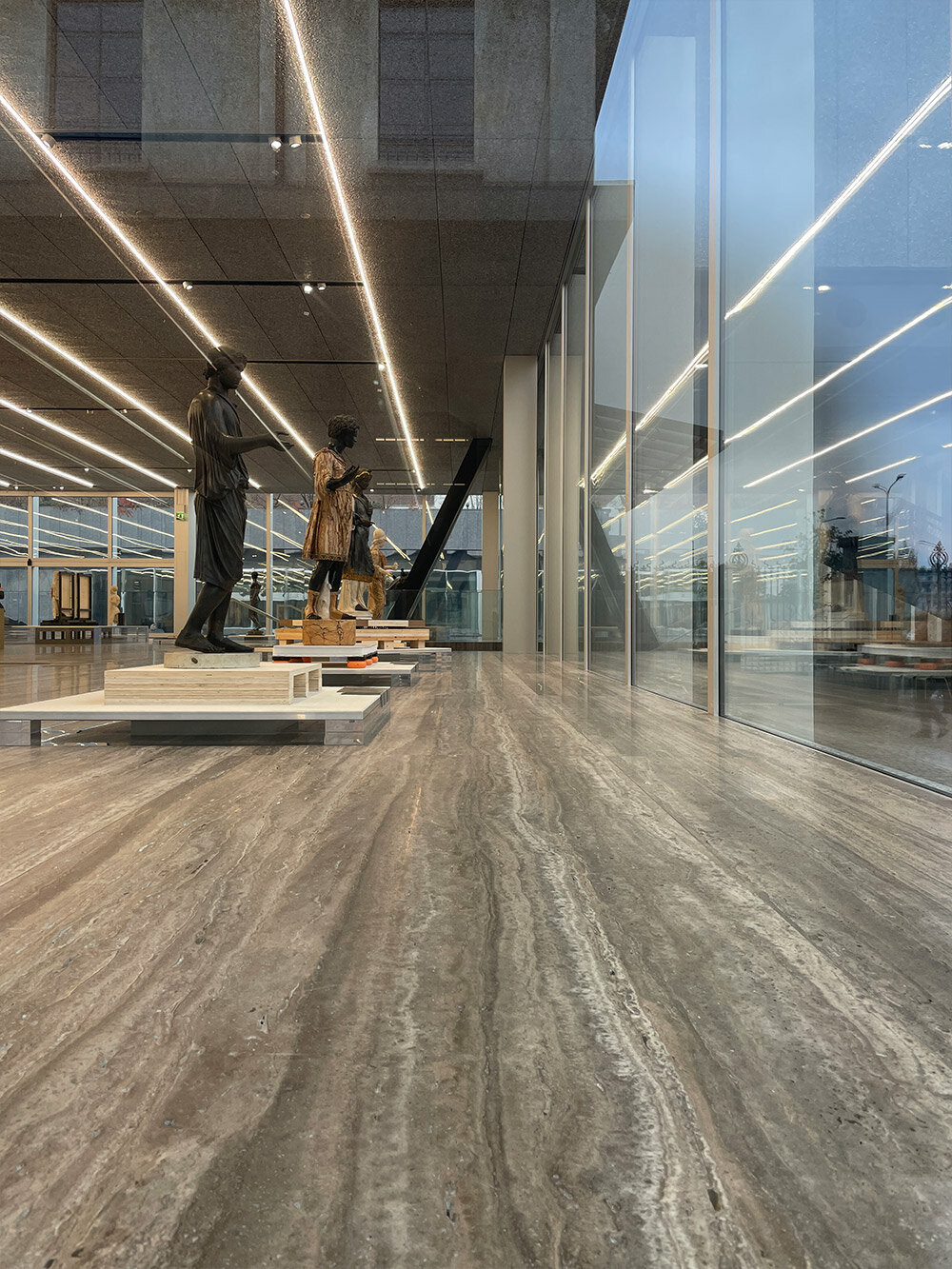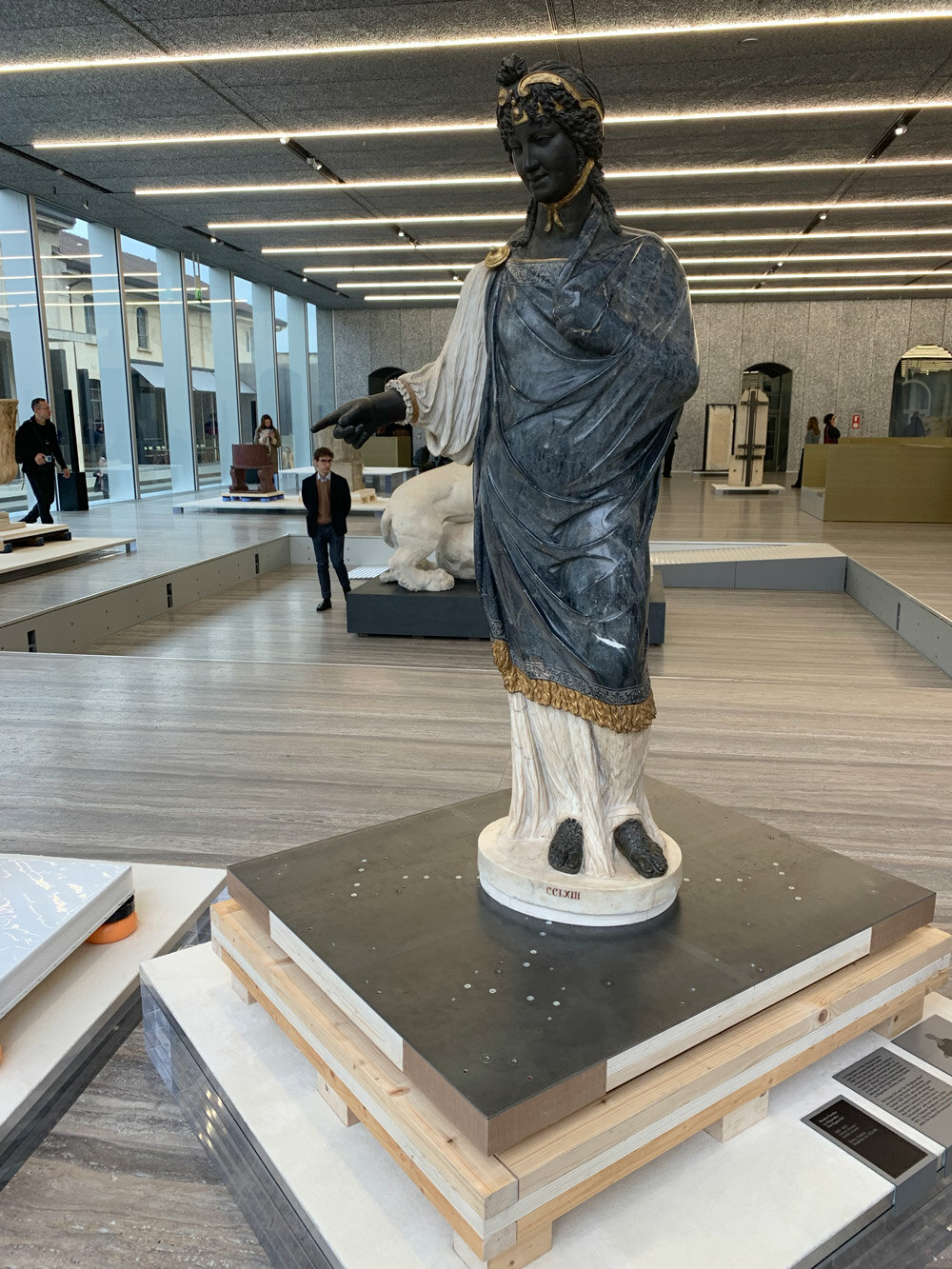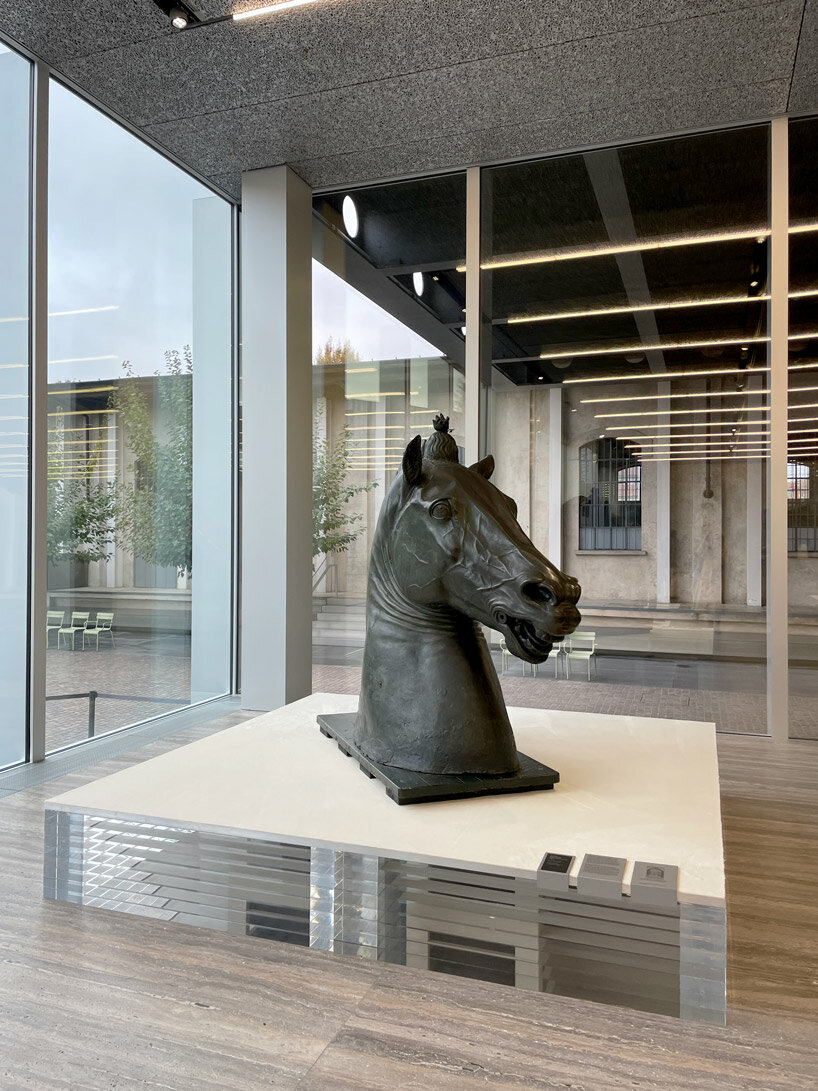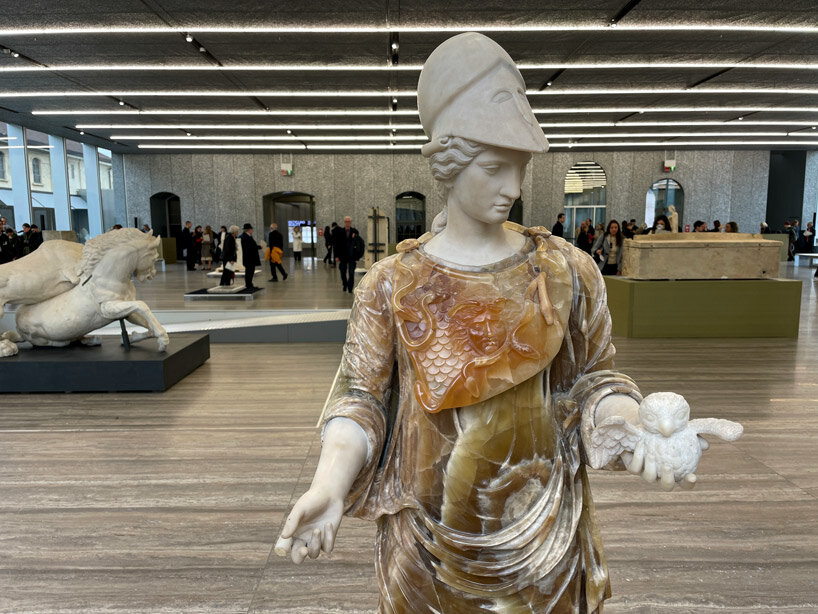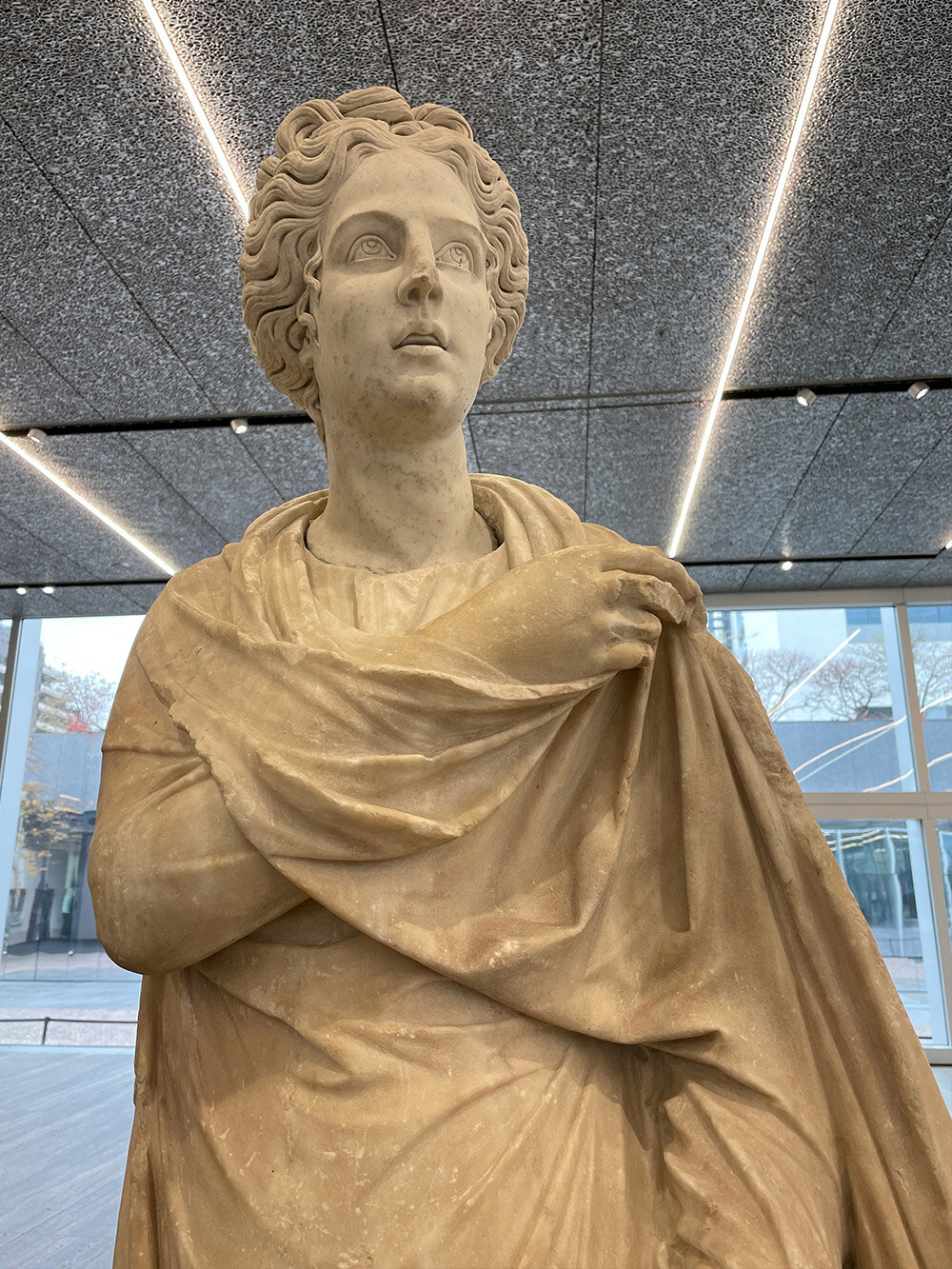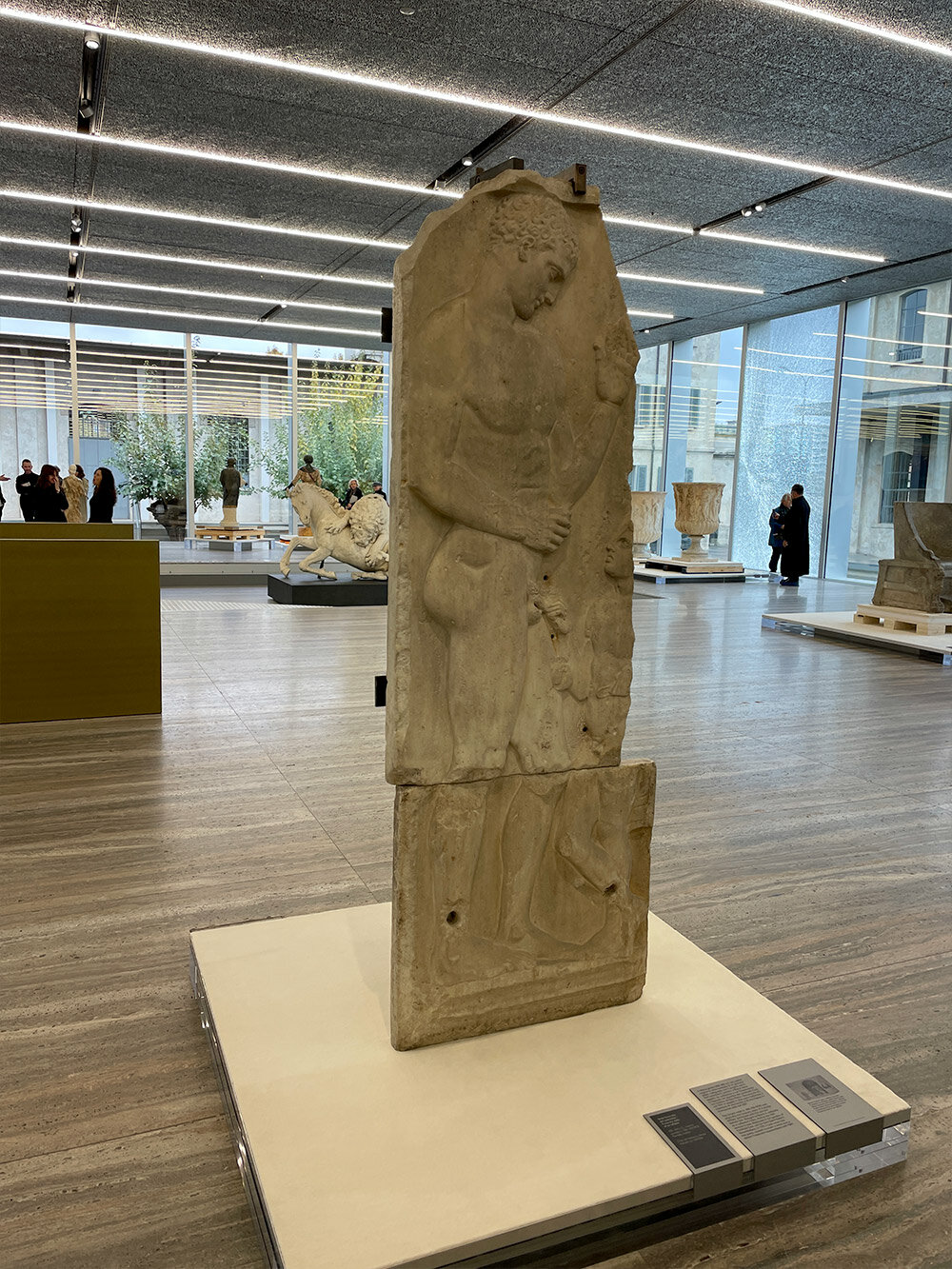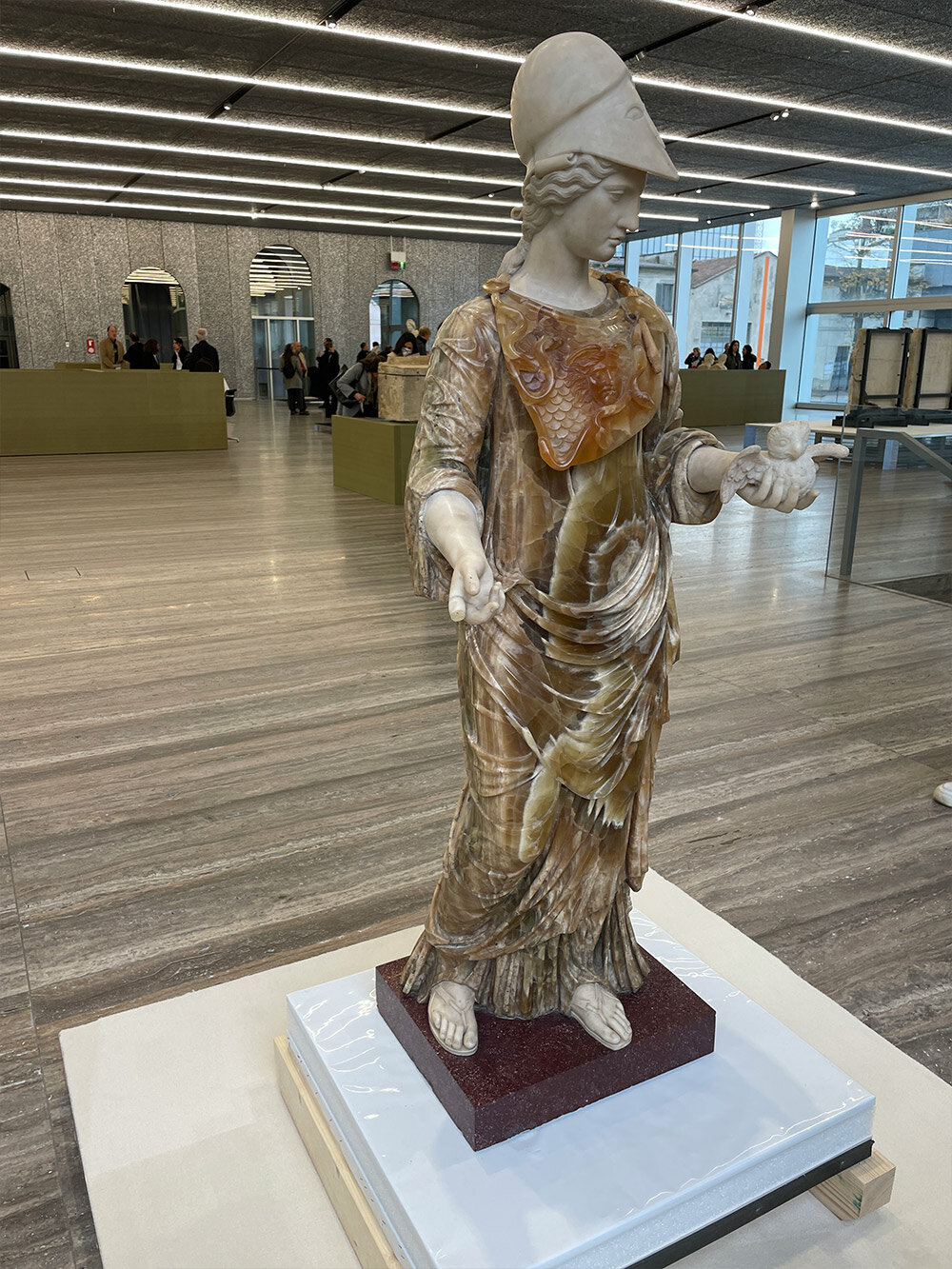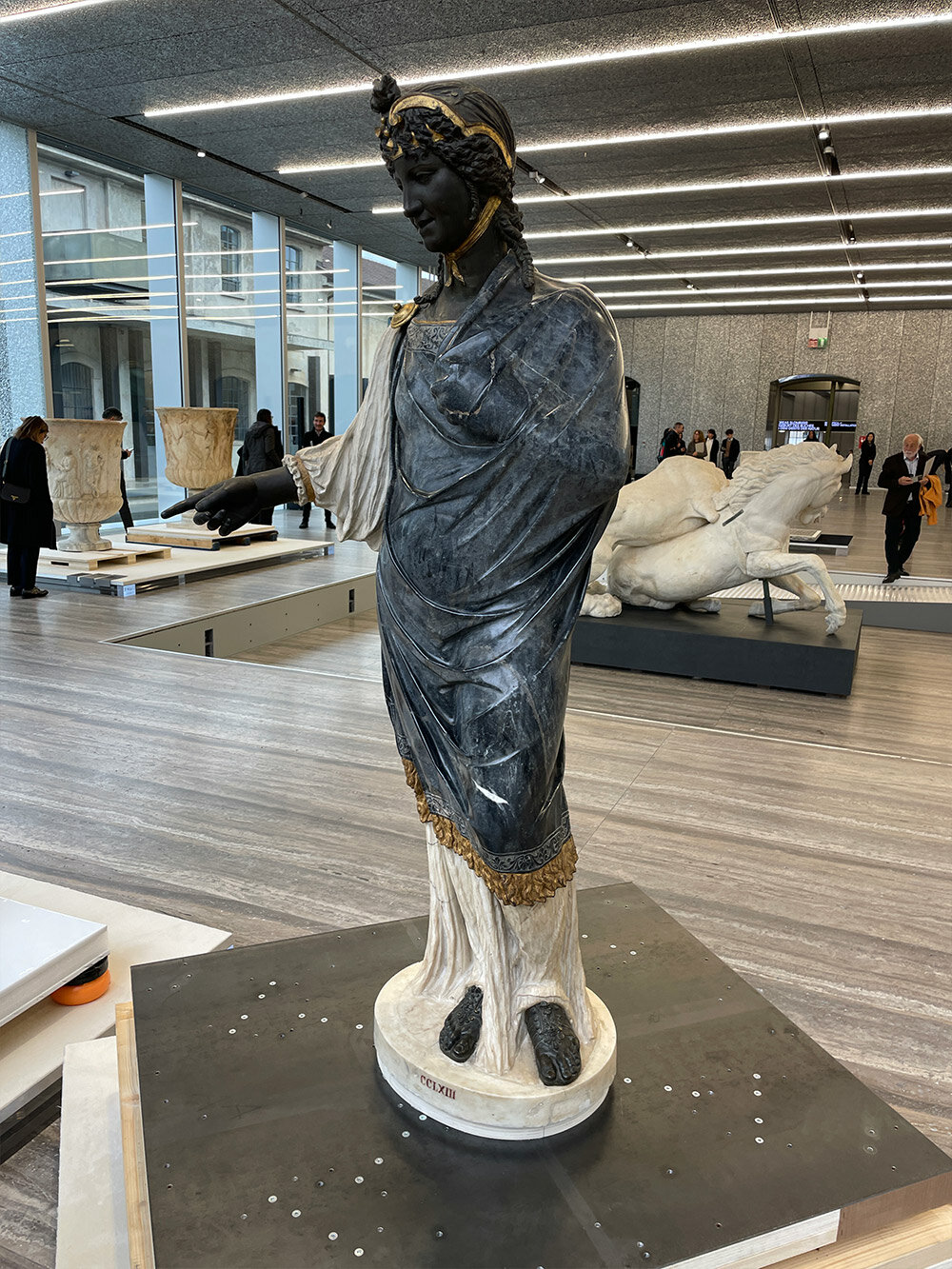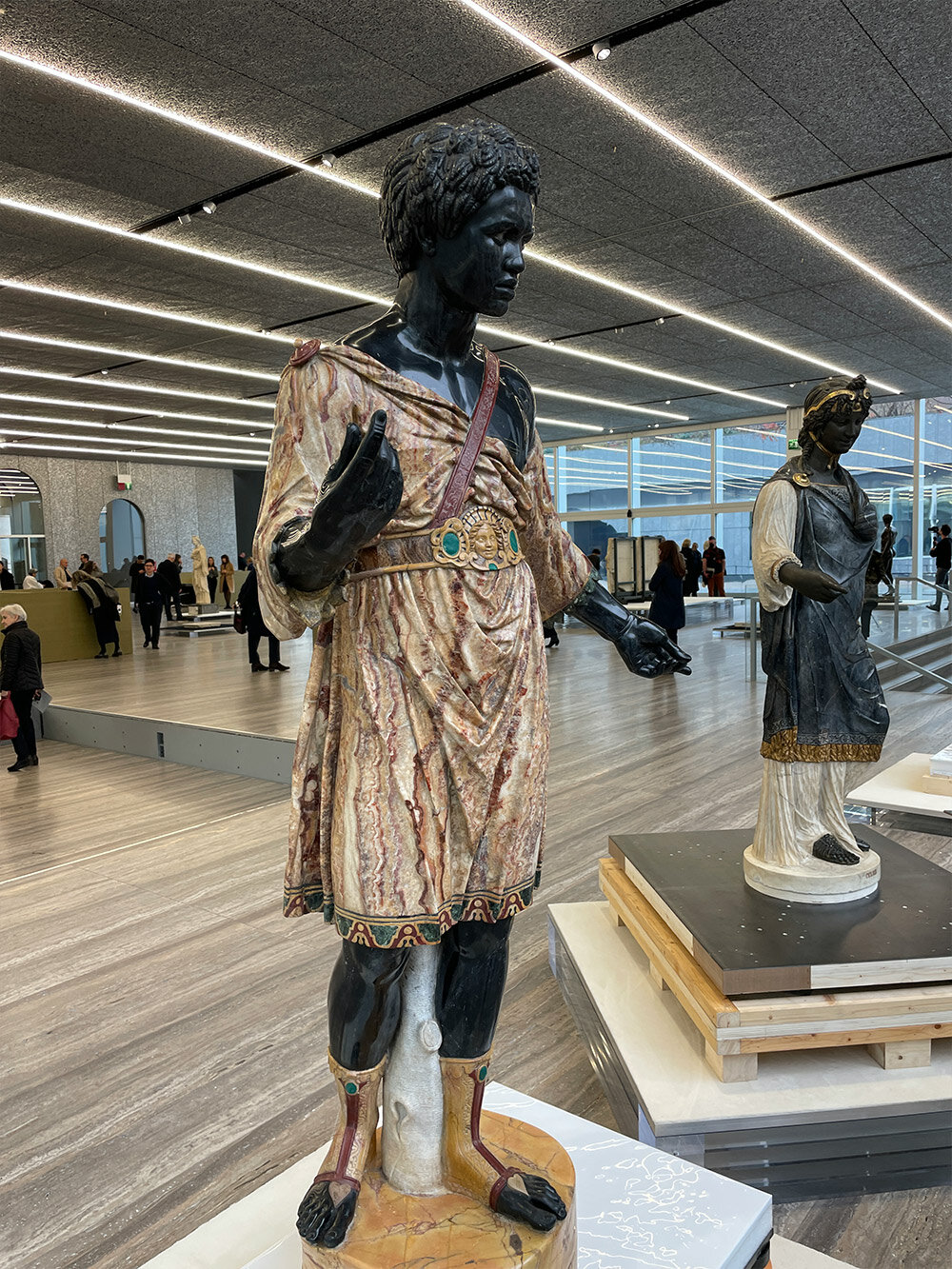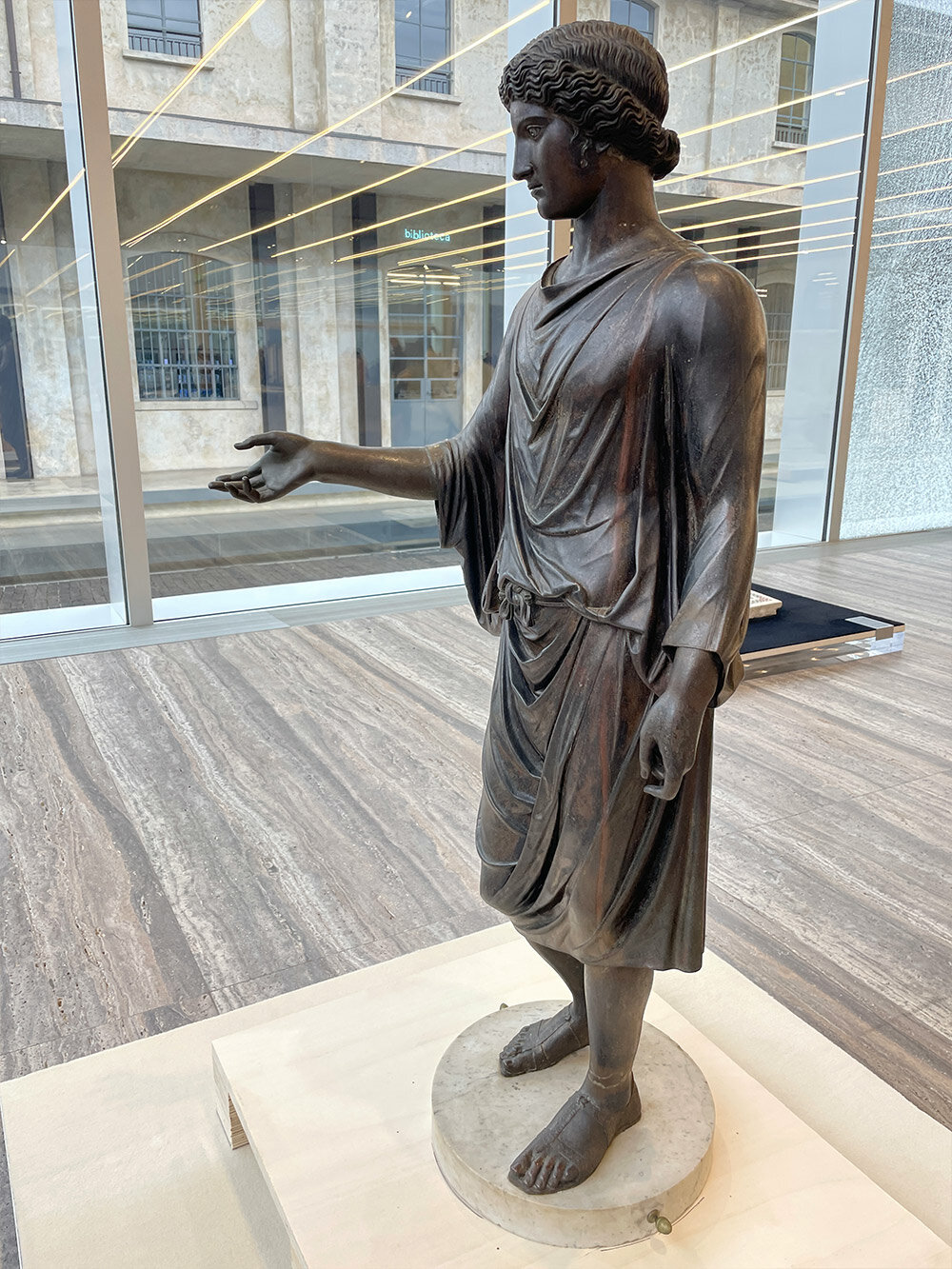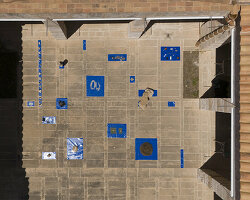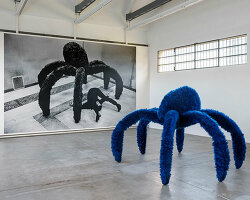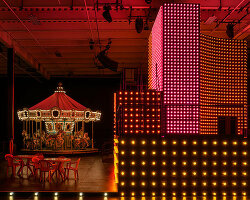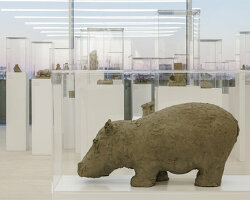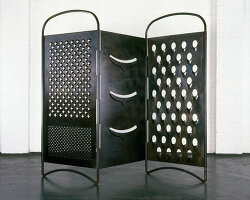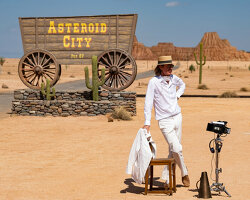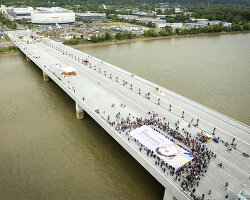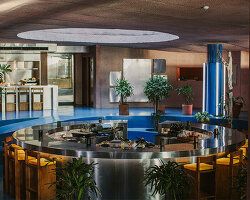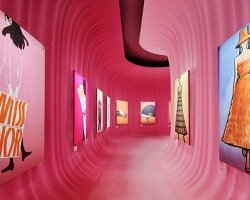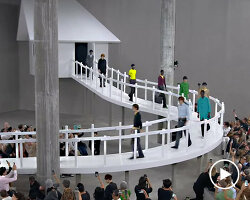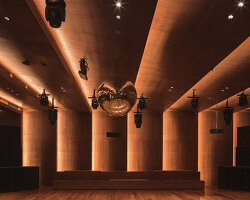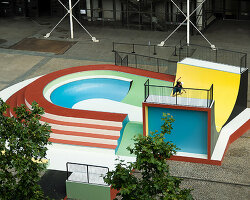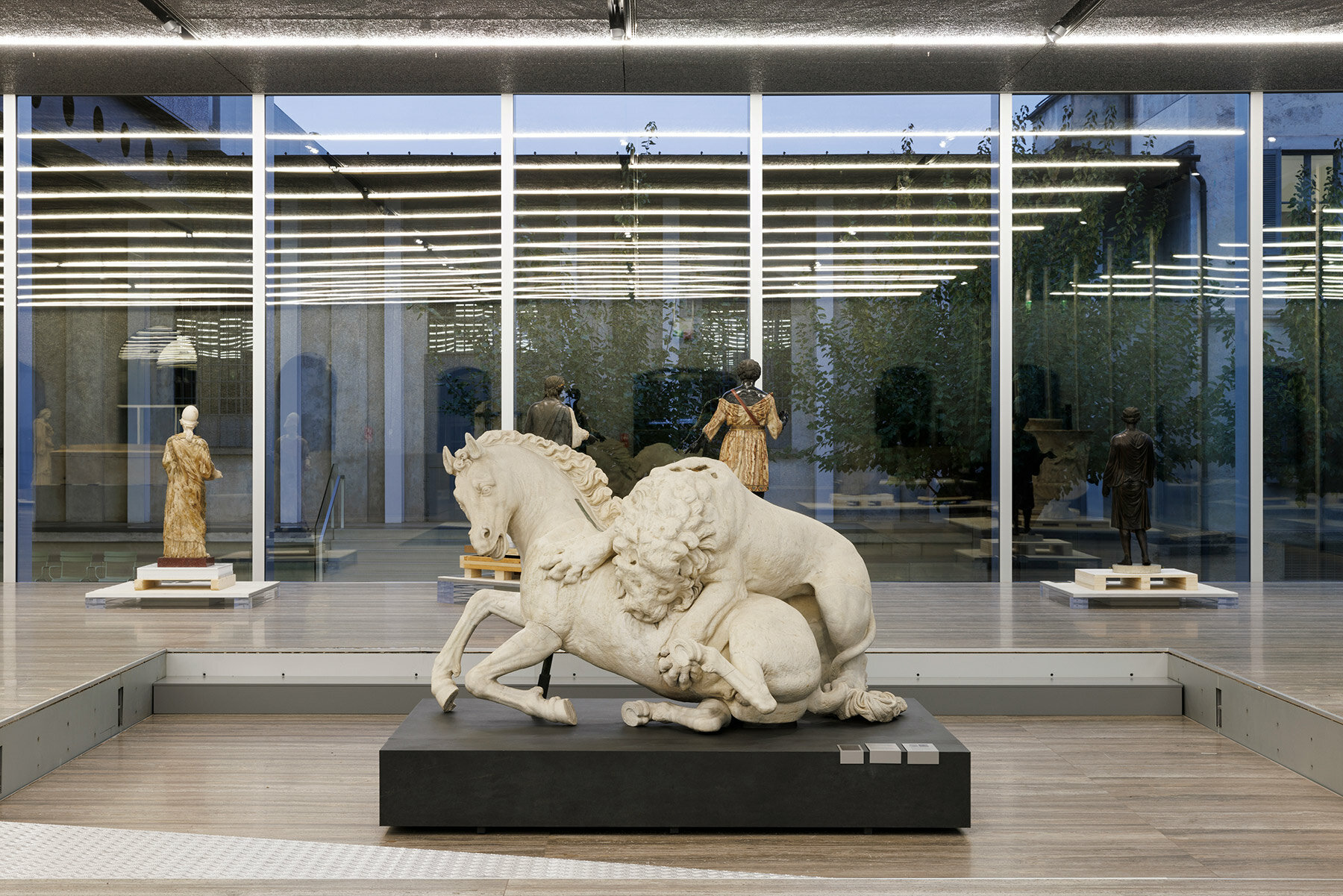
image by Roberto Marossi © Fondazione Prada | Lion attacking a horse, 4th century BCE, Rome, Musei Capitolini, Palazzo dei Conservator
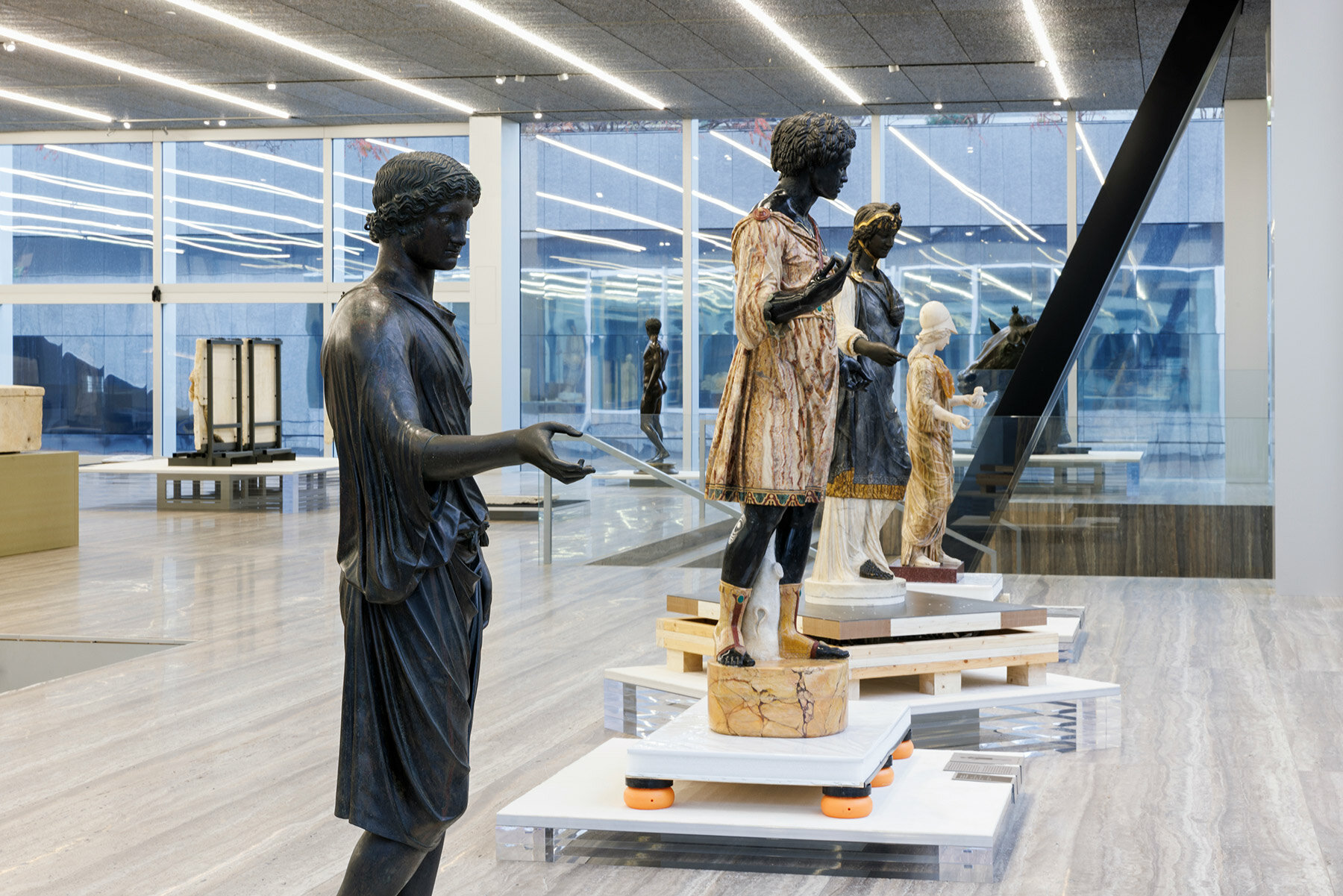
from left to right: Statue (Camillus), the Gypsy Girl, the ‘Borghese Moor, The ‘Orsay Minerva’ | image by Roberto Marossi © Fondazione Prada
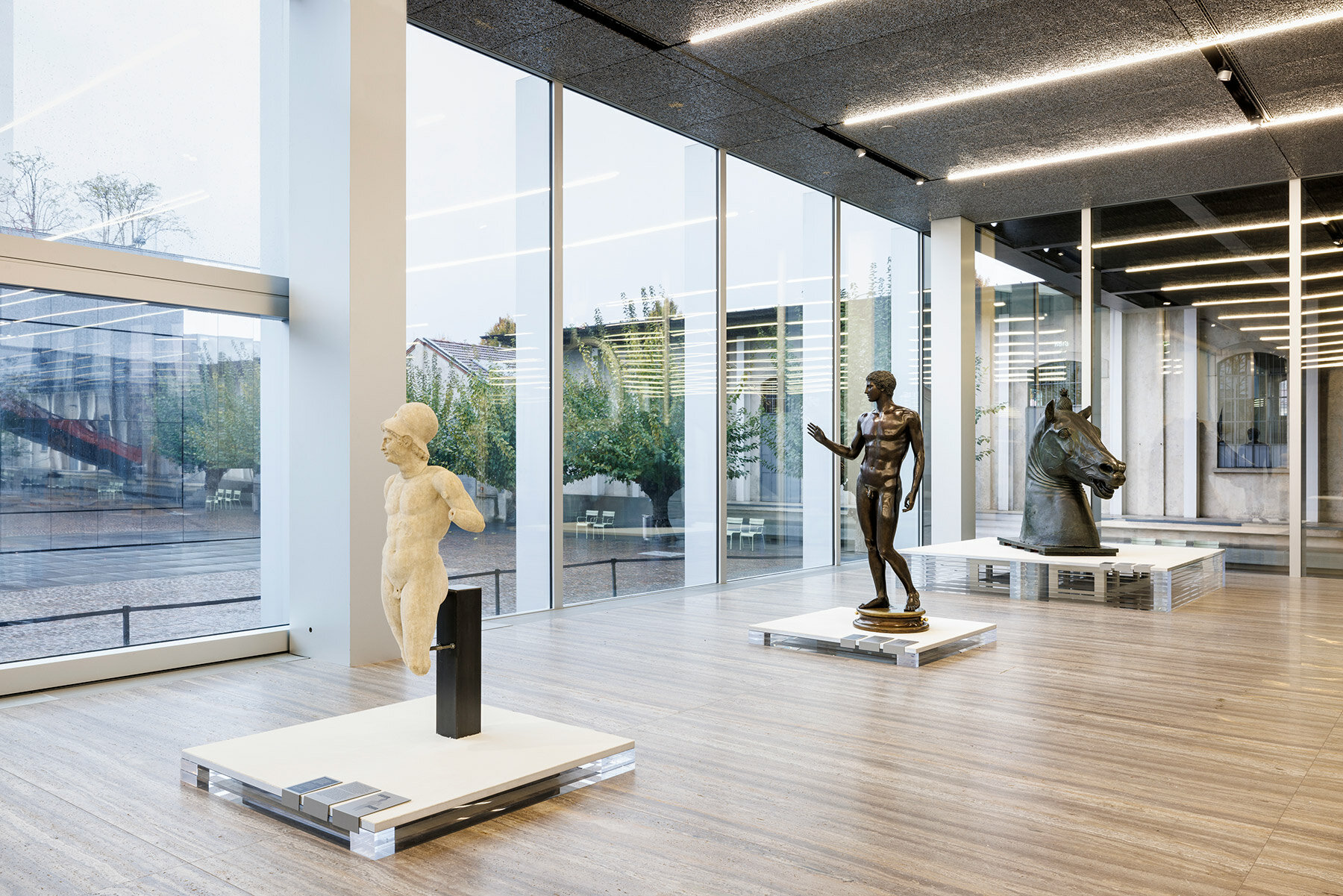
from left to right: Lombard sculptors, Magdalensberg Youth, Protome of a horse (Carafa Head) | image by Roberto Marossi © Fondazione Prada
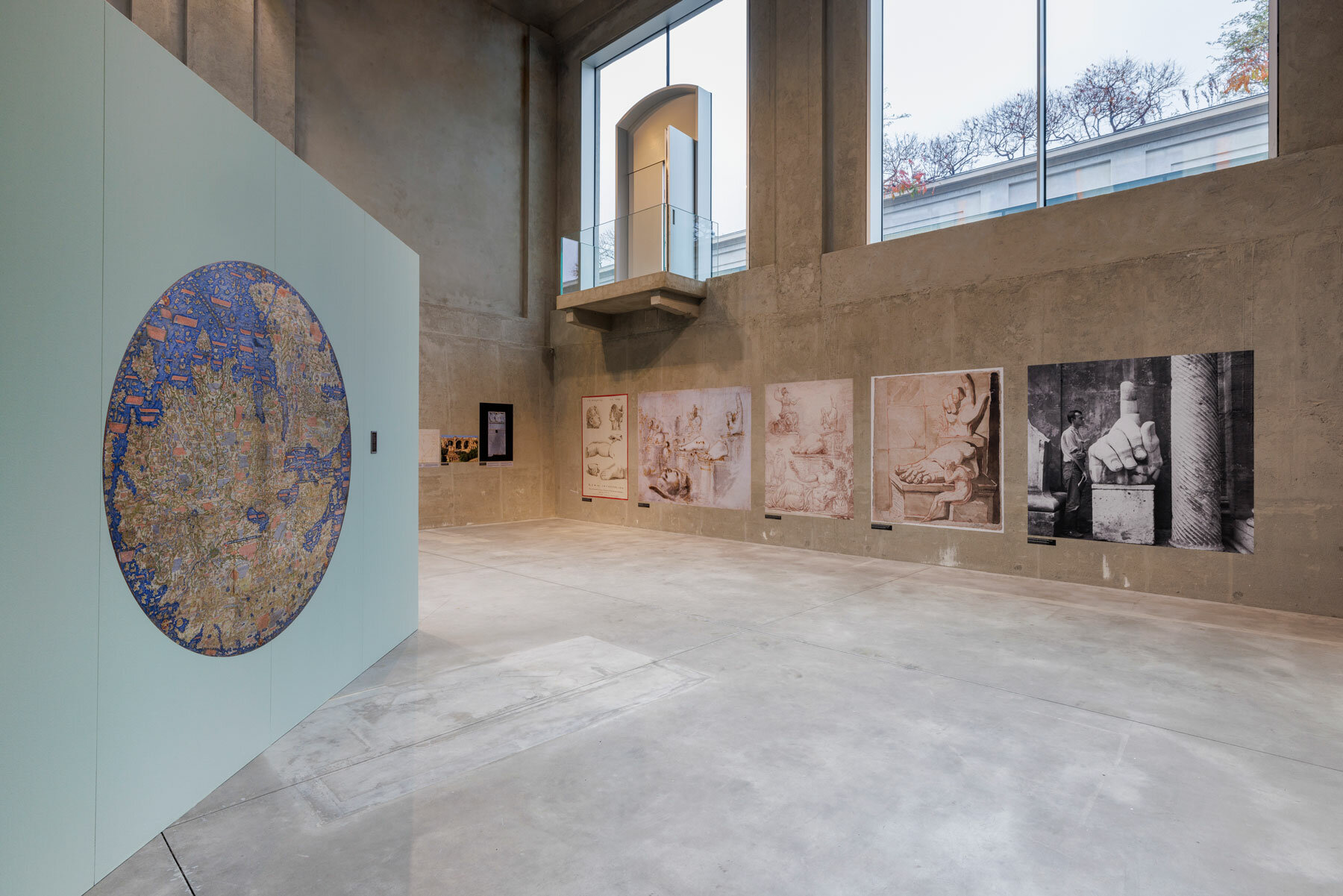
image by Roberto Marossi © Fondazione Prada
KEEP UP WITH OUR DAILY AND WEEKLY NEWSLETTERS
PRODUCT LIBRARY
in less than a year, what started as a personal artistic project quickly grew into show-stopping collaborations for physical iterations in cities like jeddah and miami.
the honesty bar installation presents knötti, an alcohol-free drink made from local waters, german hops, and invasive japanese knotweed.
connections: +390
the staircase is inclined at a 5-degree angle — enough to be noticeable but not immediately obvious, creating a sense of doubt.
andrés reisinger brings his billowing pink 'take over' installation to hourglass cosmetics' new york city popup.
connections: +1240
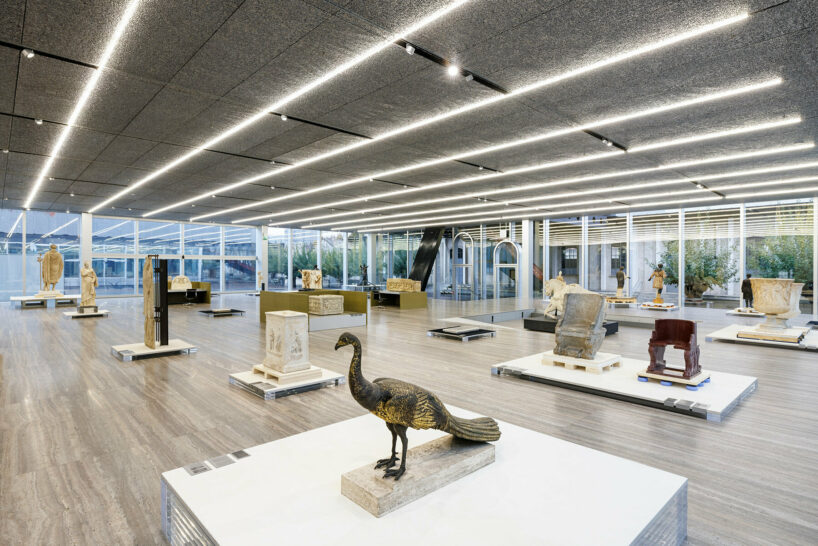

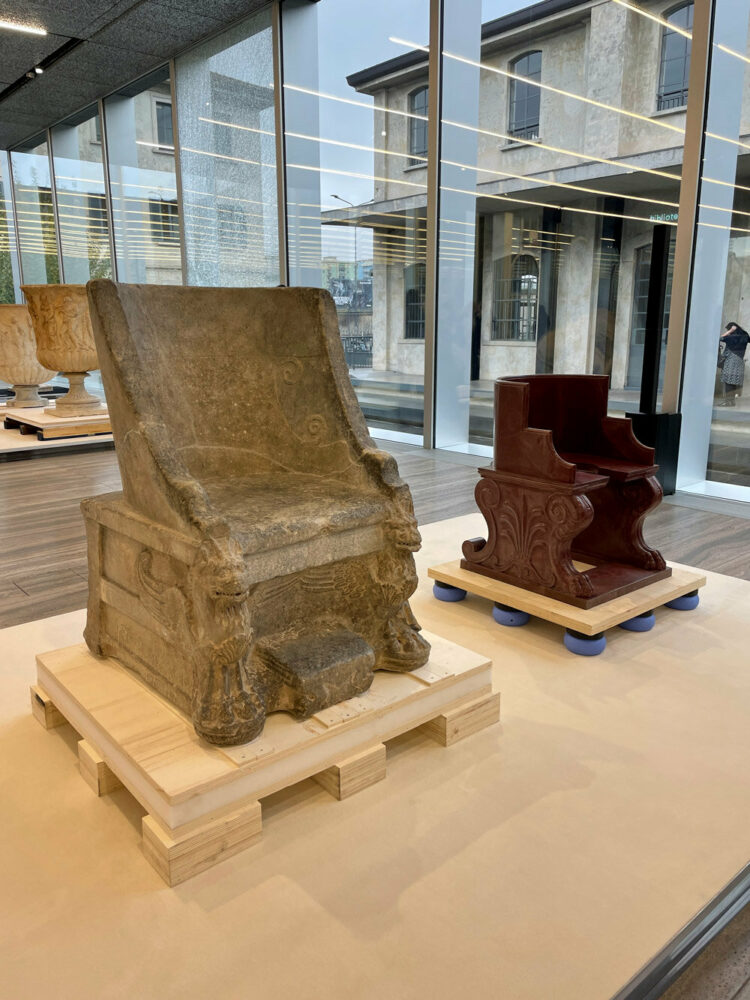 image ©designboom
image ©designboom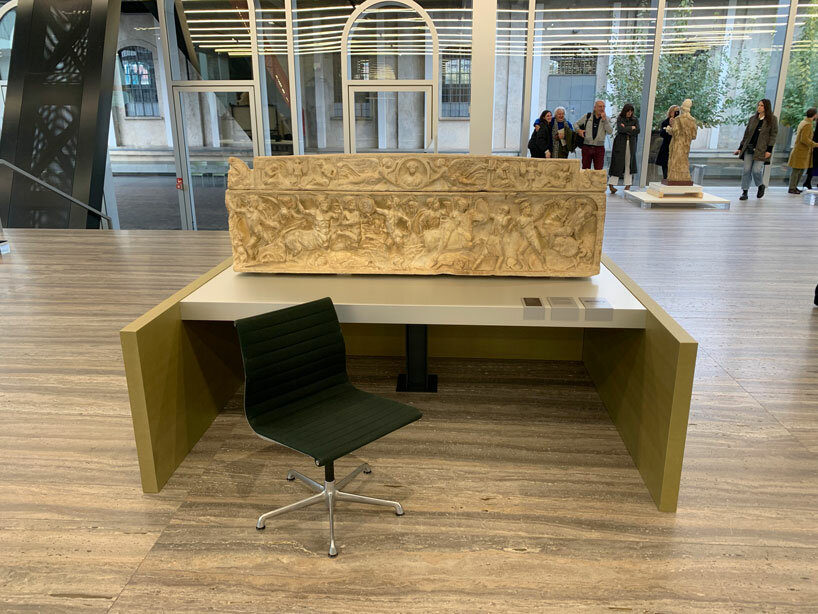 Sarcophagus with scenes of Dionysus in combat against the Amazons | image ©designboom
Sarcophagus with scenes of Dionysus in combat against the Amazons | image ©designboom 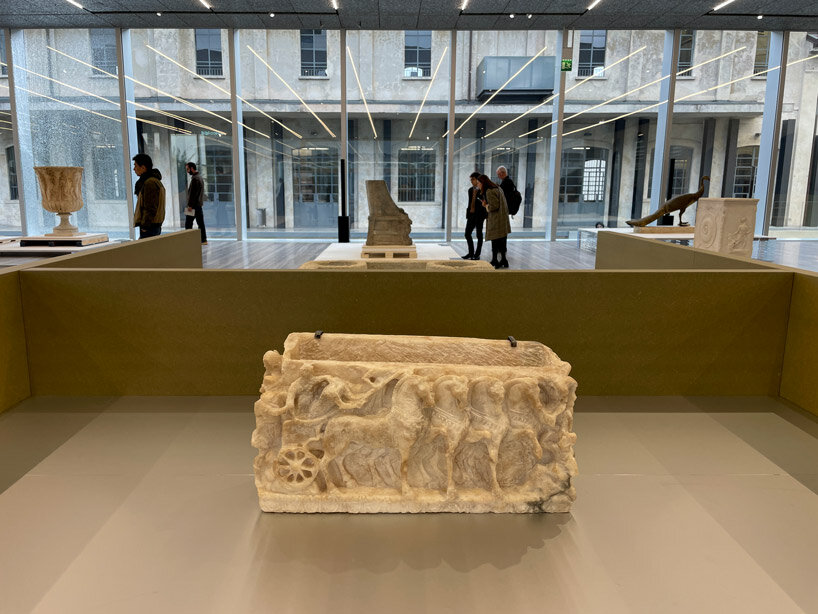 image ©designboom
image ©designboom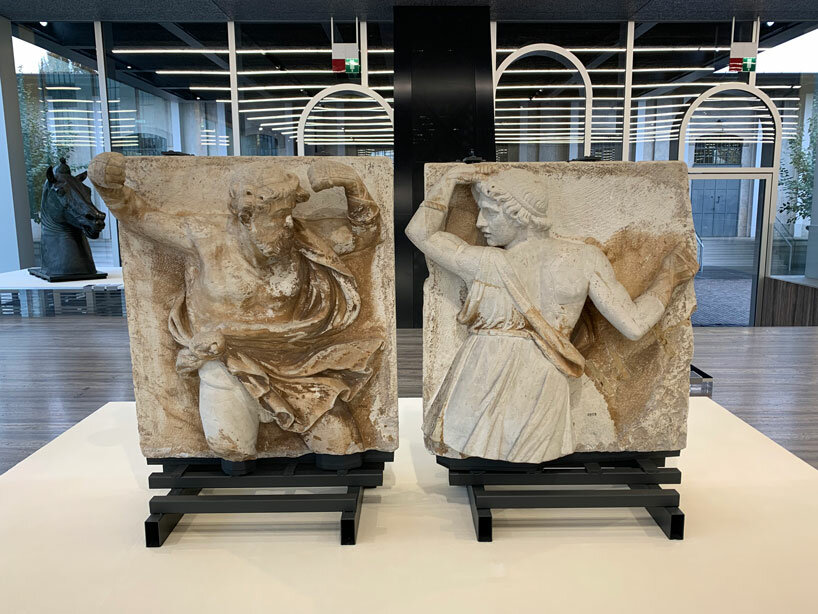 image ©designboom
image ©designboom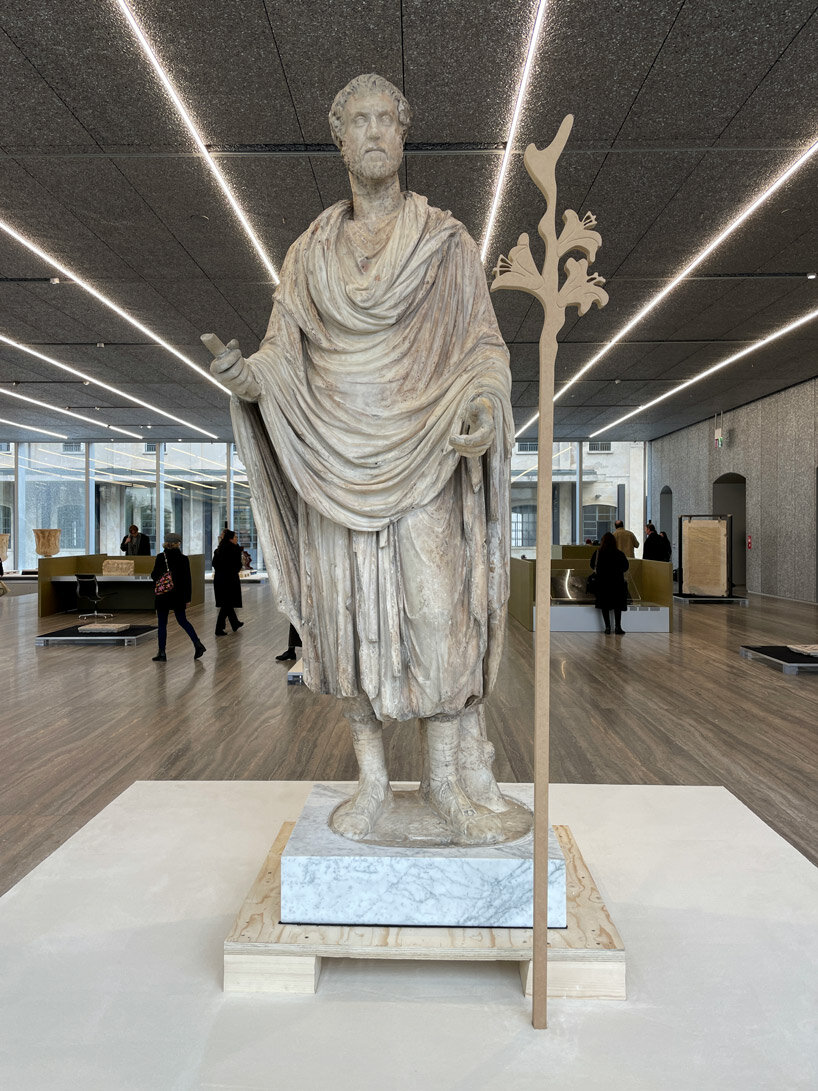 image ©designboom
image ©designboom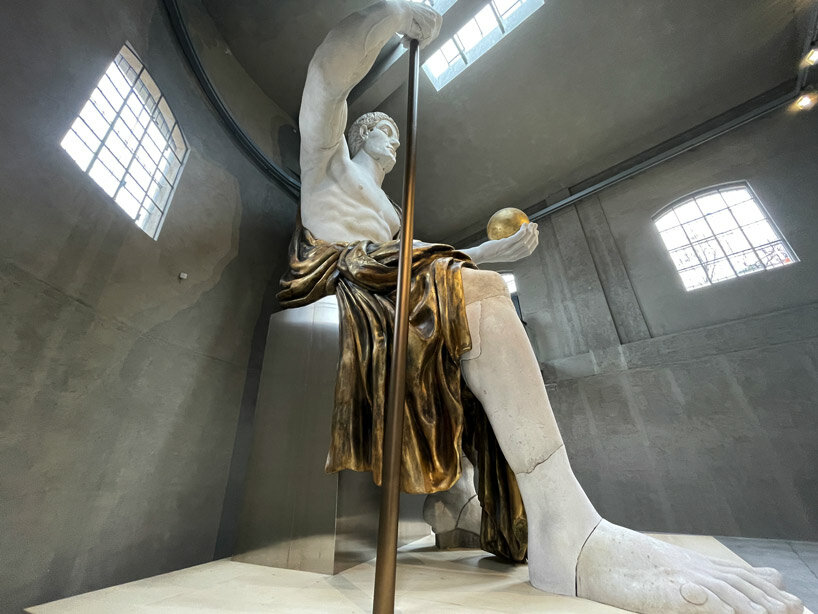 reconstruction of the Colossus of Constantine 2022 | image ©designboom
reconstruction of the Colossus of Constantine 2022 | image ©designboom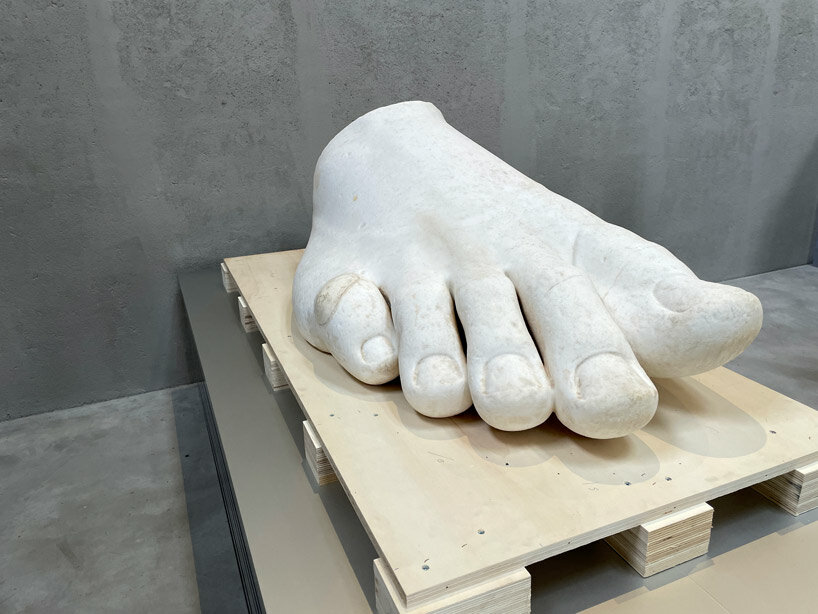 image ©designboom
image ©designboom